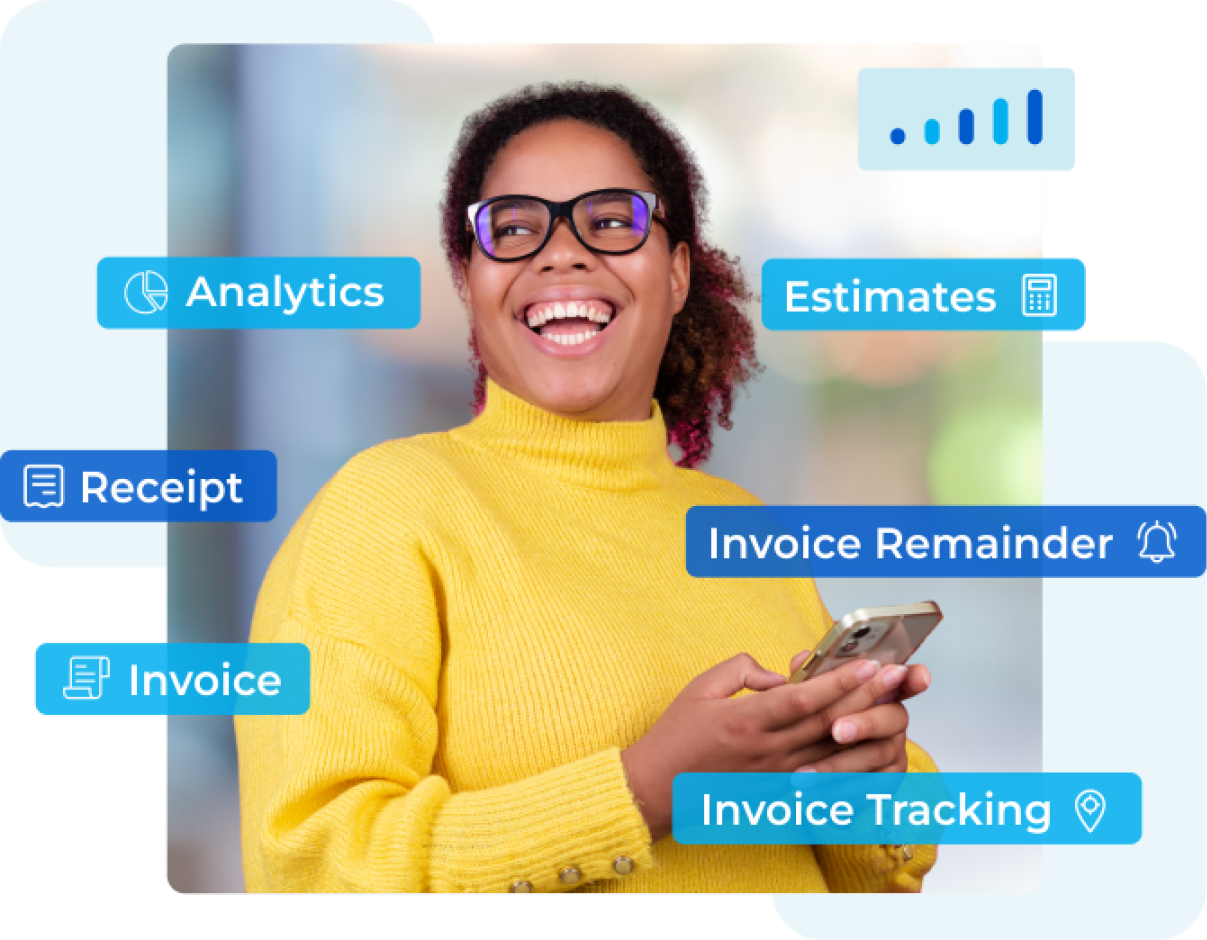In this article guide, we are going to explain how Invoicing and Payment helps business owners to be more successful.
We will also be throwing more light into the payment methods available, best practices for Invoicing and Payment management.
Consequences of inaccurate Invoicing and Payment practices, how to deal with delay fees and unpaid payment and the conclusion.
Do you know invoice plans help business owners to gain value and acquire more revenue? Gone are the days where businesses suffer a great loss due to manual invoice payment error.
Now, with the help of electronic invoicing, payment processes have been made simpler, accurate and faster than ever.
INVOICING AND PAYMENT
Invoice and payment are categorized into two components of any business transaction.
Invoicing is the process of sending a bill or a statement to a customer for goods or services provided.
PAYMENT DEFINITION?
Payment is defined as the exchange of money for goods or services.
Effective invoicing and payment practices are essential for businesses to create positive relationships with customers, cash flow maintenance and ensure prompt payments.
INVOICING DEFINITION AND THE ESSENTIAL ELEMENT?
An Invoice is a document given to the buyer by the seller to collect payment. It typically includes information such as the item or service rendered.
An invoice serves as record of the transaction and is often used for accounting and tax purposes.
Invoicing is always processed on paper or electronically, and it is very important to ensure that the invoice is accurate,clear and timely. Here are the essential elements of an invoice.
- Invoice number: This is a unique 3-5 long record number or alphanumeric assigned to each invoice issue to a buyer.
- Issuance Date: The date when an agreement or contract start or when an invoice was created.
- Sellers information: This includes the seller’s name, address, phone number and email address.
- Description of goods and services: A detailed description of the goods or services provided, including the quantity, unit price and total price.
- Policy of payment: This includes the payment due date,tax rate,the payment plan and the total amount of tax charged.
- Total amount due: The total amount due, including any taxes or discount.
- Details of payment: This includes the payment address,bank account information or any other payment details.
- Terms and conditions: This includes any terms and conditions that apply to the transaction,such as warranties or refunds.
WHAT ARE THE PAYMENT METHODS AVAILABLE?
There are different types of payment methods available for business transactions. These include credit/debit cards, cash, bank transfers,checks and online payment platforms such as Pioneer and PayPal.
Each payment method has its own benefits and risk and that is why businesses should consider factors such as transaction fees,processing time and security when planning a payment method.
WHAT ARE THE BEST PRACTICES FOR INVOICING AND PAYMENT MANAGEMENT?
To ensure effective invoicing and payment practices,businesses should establish clear payment terms and policies,including due dates,late fees and payment methods. It is also important to send invoices in a timely manner and maintain accurate records of all transactions. Businesses can also use technology such as template and payment processing tools to streamline the invoicing and payment process.
WHAT ARE THE CONSEQUENCES OF INACCURATE INVOICING AND PAYMENT PRACTICE?
Inaccurate invoicing and payment practices can have significant consequences for businesses,including strain on customer relationships, cash flow problems and potential legal actions.
Default payments can result in high interest rate and lost revenue. Additionally, inaccurate invoicing and payment practices can destroy a business’s reputation and make it difficult to attract and retain customers.
HOW TO DEAL WITH DELAY FEES AND UNPAID PAYMENT?
The material and products are still in your possession and owned by you, so you ensure your payment is not delayed and make sure the work is completed.
Here are some tips for dealing with delayed or unpaid payment.
- Follow up promptly: As soon as an invoice becomes overdue, it’s important to do a follow up to quickly remind the customer of their payment obligations.
- Be polite but firm: when following up on delay or unpaid invoices its important to remain professional and courteous,but also firm in your communications.
- Clearly state the outstanding amount,due date and fine such as legal actions.
- Offer payment plans: if a customer is unable to pay the full amount owed, consider installment payment, with this flexible plan the customer will be able to finish up on time.
Conclusion
In the article above,I can tell you that invoicing and payment is easier to establish and it can help businesses to establish positive relationships with customers, maintain cash flow and achieve long term success.
Invoicing and payment are critical components of any business transaction.
Effective invoicing practices ensure that customers are accurately billed for goods and services provided, while efficient payment methods business to receive timely payments.
With all these points provided, I think you can get more familiar with invoicing and payment. If you want your business to grow faster make use of this guide.












